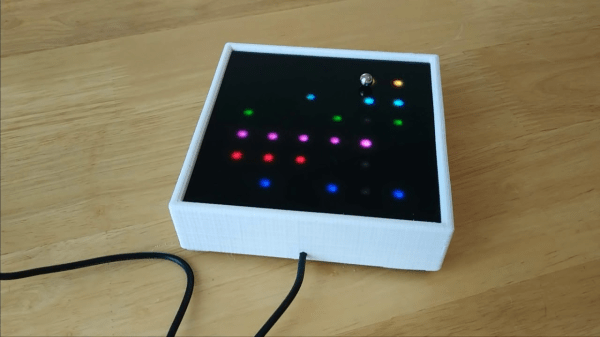At the end of 2018, a spate of drone sightings caused the temporary closure of London Gatwick Airport, and set in train a chain of events that were simultaneously baffling and comedic as the authorities struggled to keep up with both events and the ever widening gap in their knowledge of the subject.
One of the more inept actions of the Sussex Police was to respond by arresting the first local drone enthusiast they could find on Facebook, locking up a local couple for 36 hours and creating a media frenzy by announcing the apprehension of the villains before shamefacedly releasing them without charge.
In a final twist to the sorry saga, the couple have sued the force for wrongful arrest and false imprisonment, for which the cops have had to make a £200,000 ($250,117) payout including legal fees.
We reported extensively on the events surrounding the case 18 months ago, and then on a follow-up event at London Heathrow airport. The mass media at the time were full of the official line that drone hobbyists must be at fault, but then as now we were more interested in seeing some hard evidence. As we said then: Show us the drone.
So how has the new drone law progressed, since it was decided that Something Must Be Done? Enthusiasts have continued as before, and the multirotor community is as technically creative as ever. We were fortunate enough to host the Lets Drone Out podcast at MK Makerspace back in those halcyon days before the pandemic and see the state of the art in sub-250g craft, and with those and commercial offerings such as the DJI Mavic Mini all requiring no registration there is increasingly little need for an enthusiast to purchase a larger machine. The boost to the British drone industry we were promised has instead been a boost for the Chinese industry as we predicted, and of course we’re still waiting for the public inquiry into the whole mess. Something tells us Hell will freeze over first.
If you’d like the whole backstory in a convenient and entertaining video format, can we direct you to this talk at CCCamp 2019.
Thanks [Stuart Rogers] for the tip.
Keystone Kops header image: Mack Sennett Studios [Public domain].




















